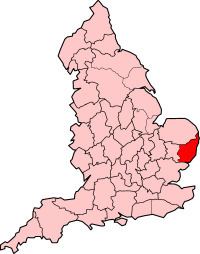HQ Ipswich Date dissolved 1974 | Status Administrative county | |
 | ||
East suffolk business plan
East Suffolk, along with West Suffolk, was created in 1888 as an administrative county of England. The administrative county was based on the eastern quarter sessions division of Suffolk. East Suffolk County Council's headquarters were at East Suffolk County Hall in Ipswich, which was a county borough in its own right.
Contents
In 1974, most of the county reunified with West Suffolk and the county borough of Ipswich to form the non-metropolitan county of Suffolk. A small part of East Suffolk succeeded into Norfolk in 1974.
Subdivisions
From 1894 the administrative county was divided into municipal boroughs, urban districts and rural districts:
The rural districts were further subdivided into civil parishes.
References
East Suffolk Wikipedia(Text) CC BY-SA
